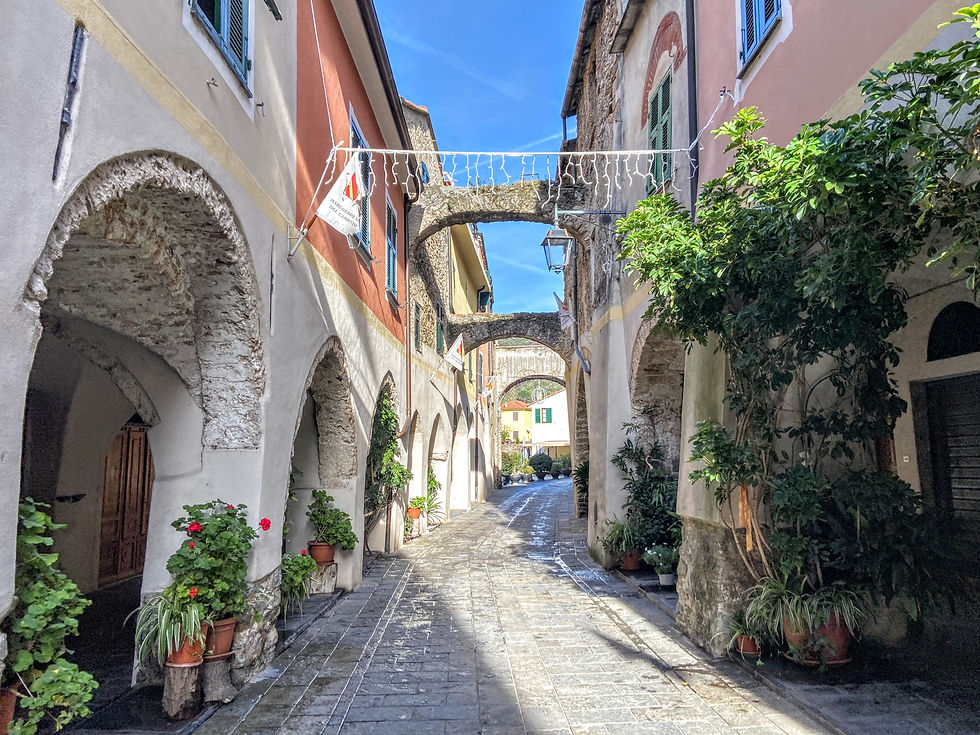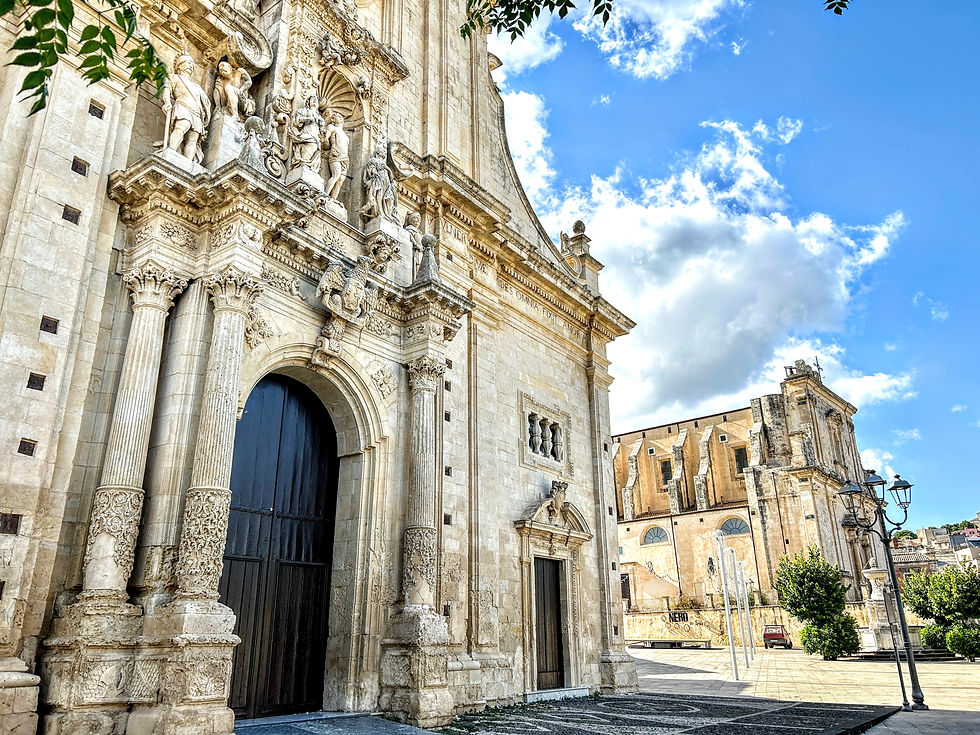The expression "contrary Bastian," reported in any Italian dictionary, originates here. Indeed Bastian Contrario was the name of a young Piedmontese... #tuttitaly
Zuccarello is a medieval village located in the Riviera delle Palme.
The foundation deed of Zuccarello dates back to April 4, 1248. Today, the village has a few hundred inhabitants - about 300 in an area of almost 11 sq km and is a tourist attraction thanks to the charm of the medieval era.
What to see
Noteworthy is the bronze statue dedicated to the memory of Ilaria Del Carretto, built-in 2007.
In the small center: marvelous arcades with characteristic arches and pillars of different shapes, enriched by potted plants and flowers.
Characteristics are the beudi - long canals used to feed the oil mills and mills and supply the village with water.
Historical symbols not to be missed: the medieval bridge, immortalized in a photo on the cover of "Time" in London in the 1960s, and the Romanesque bell tower.
The locality, a few kilometers from the sea, is a sought-after destination for those who love outdoor sports, from fishing to trekking or mountain biking.
Curiosity
The expression "contrary Bastian," reported in any dictionary of the Italian language, originates here. Bastian Contrario was a young Piedmontese marshal of the Corazzieri of the House of Savoy. He became a brigand and began a life of wandering after killing a noble in a duel for love.
He lived in Zuccarello for the last few years in an adventurous and contradictory way.
In 2008, Zuccarello was the location for the film "Brokers, heroes for Fun."
Church of San Bartolomeo
The church was built together with the village in the thirteenth century, even if some historical sources report the foundation between the eleventh and twelfth centuries, long before Zuccarello's birth.
The adjacent bell tower has a Romanesque style in the lower part, while the upper part dates back to the fourteenth century, with the crowning of the seventeenth century.
The interior, in Baroque style, preserves a painting by the painter Orazio de Ferrari depicting the Virgin Mary and the Saints, a 14th-century canvas of the dead Christ, the wooden chest of San Bartolomeo, and the 15th-century pipe organ.


























Comments